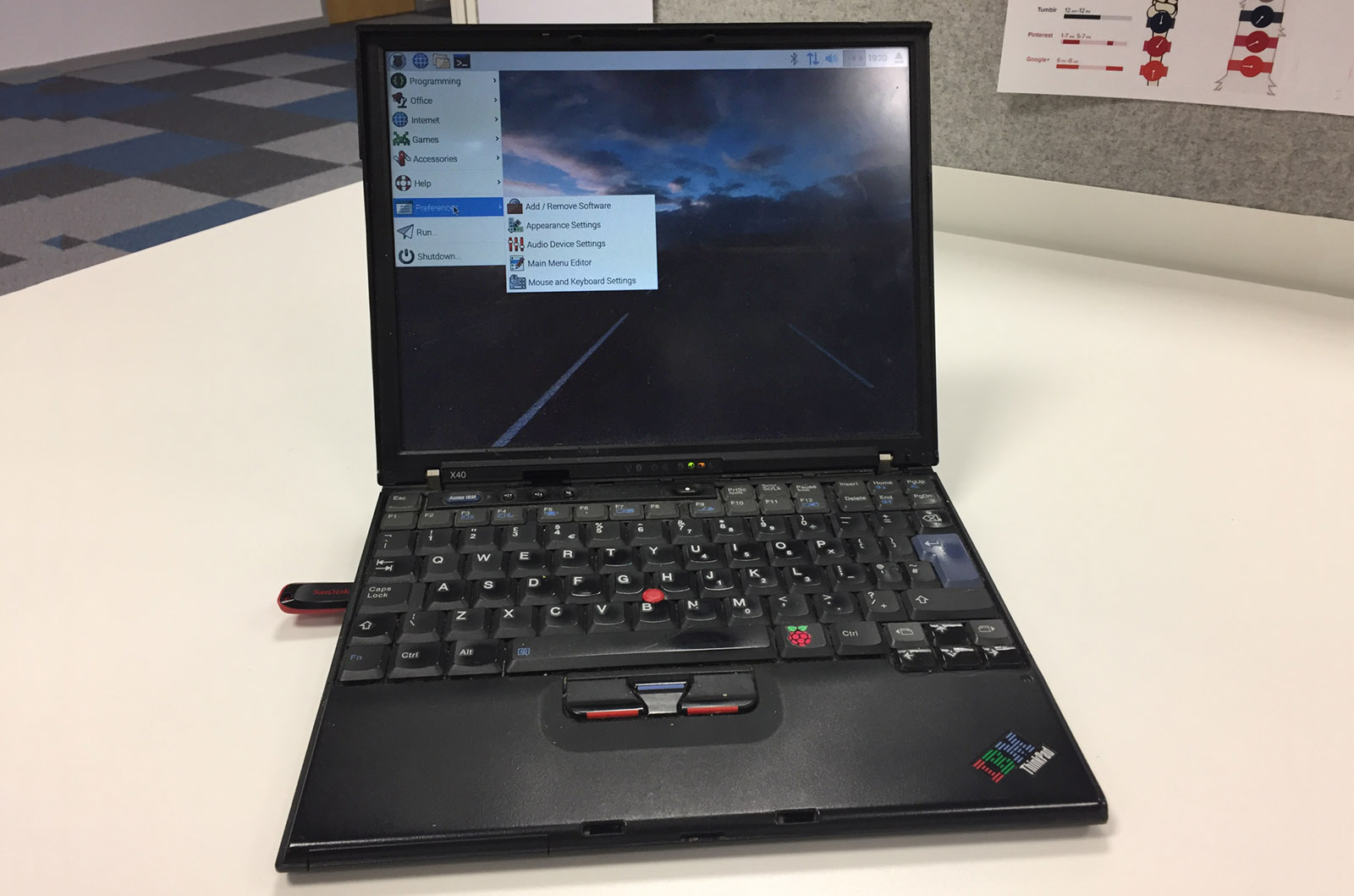
Yes, there's a fleet of camera-equipped, remote-controlled blimps live-streaming a bird's-eye view of Google I/O on YouTube, right now. It's called Google AirShow and it's taken over the airspace within Moscone Center. We briefly chatted with Chris Miller, a software engineer with AKQA (the company that put the dirigibles together for Google), about the technology used in each aircraft. It all begins with an off-the-shelf model airship that's flown manually via standard a 2.4GHz radio. Each blimp is outfitted with a servo-controlled USB camera and 5GHz USB WiFi dongle which are both connected to a Raspberry Pi board running Debian, VLC and Python. A custom-designed Li-polymer battery system powers the on-board electronics. The webcam encodes video as motion-JPEG (720p, 30fps) and VLC generates a YouTube-compatible RTSP stream that's broadcast over WiFi. Python's used to pan the servo-controlled camera via the Raspberry Pi's PWM output. The result is pretty awesome. But don't just take our word for it -- check out the gallery and source link below, then watch our hands-on video after the break.
Filed under: Cameras, Misc, Transportation, Internet, Alt, Google
Comments
Source: I/O AirShow 2013
 Planet Computers' laptop-like Cosmo Communicator phone just became that much more useful to its audience of very particular power users. The Cosmo now supports a promised multi-boot function, letting you run Android (both regular and rooted), Debian...
Planet Computers' laptop-like Cosmo Communicator phone just became that much more useful to its audience of very particular power users. The Cosmo now supports a promised multi-boot function, letting you run Android (both regular and rooted), Debian...
 Planet Computers' laptop-like Cosmo Communicator phone just became that much more useful to its audience of very particular power users. The Cosmo now supports a promised multi-boot function, letting you run Android (both regular and rooted), Debian...
Planet Computers' laptop-like Cosmo Communicator phone just became that much more useful to its audience of very particular power users. The Cosmo now supports a promised multi-boot function, letting you run Android (both regular and rooted), Debian...
 Chromebooks have always generally been cheap and accessible, but now they're about to get a lot more capable. Google announced today that Chromebooks will soon be able to run native Linux apps in addition to the Chrome web apps and Android apps that...
Chromebooks have always generally been cheap and accessible, but now they're about to get a lot more capable. Google announced today that Chromebooks will soon be able to run native Linux apps in addition to the Chrome web apps and Android apps that...
 The Raspberry Pi Foundation has released an experimental version of its Linux-based Pixel OS for Windows and Mac PCs. The OS, originally designed to run only on the Raspberry Pi hobby board, comes with the Chromium web browser and a suite of producti...
The Raspberry Pi Foundation has released an experimental version of its Linux-based Pixel OS for Windows and Mac PCs. The OS, originally designed to run only on the Raspberry Pi hobby board, comes with the Chromium web browser and a suite of producti...
 Security researchers have discovered a ludicrously simple way to hack into a number of Linux distributions: Just tap the backspace key 28 times in a row. A team from the Cybersecurity Group at Polytechnic University of Valencia (UPV) in Spain found t...
Security researchers have discovered a ludicrously simple way to hack into a number of Linux distributions: Just tap the backspace key 28 times in a row. A team from the Cybersecurity Group at Polytechnic University of Valencia (UPV) in Spain found t...










